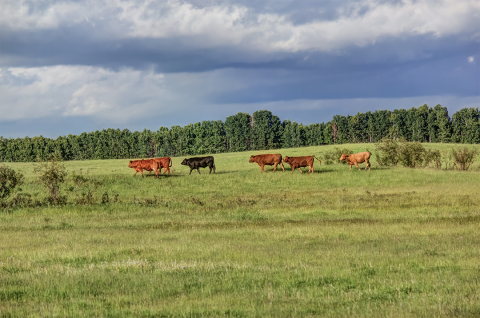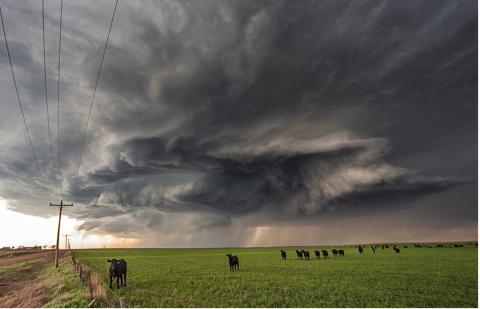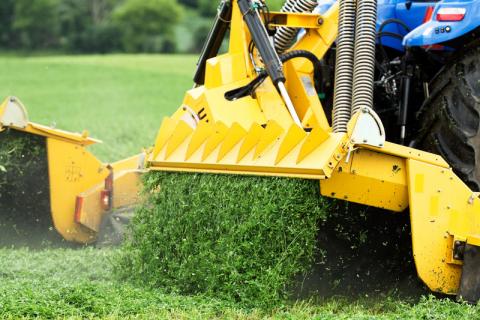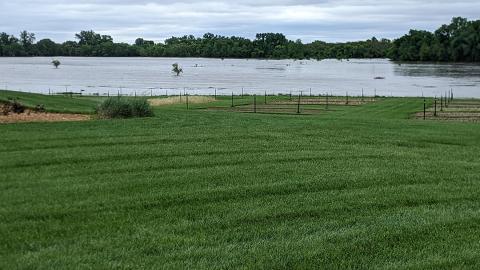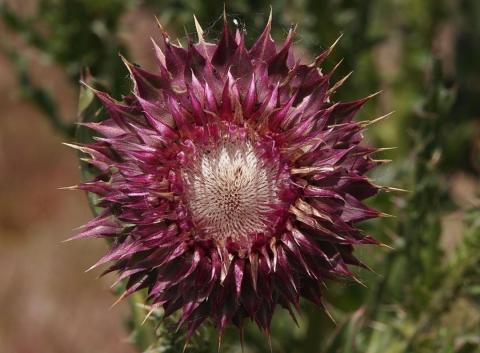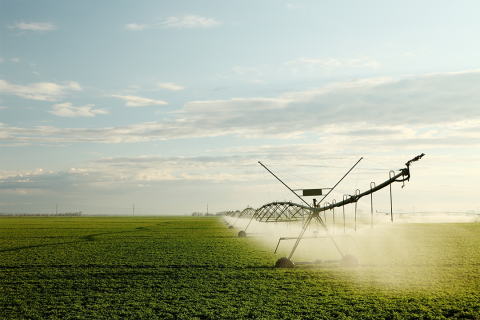Pasture and Forage Minute: Hay Harvest, Weather Impacts on Forage Growth and Grazing Strategies
July 1, 2024
Nebraska Extension educators share tips on adjusting grazing strategies for summer weather and forage growth, and targeting the best date for sub-irrigated meadow hay harvest.
Pasture and Forage Minute: Hail Damage to Pasture and Hay, Alfalfa Irrigation After a Wet Spring
June 11, 2024
Extension recommendations on reducing the risk of toxic plant consumption for grazing animals, hail damage recovery for pasture and hay fields, and summer alfalfa irrigation following a wet spring.
Pasture and Forage Minute: Alfalfa Harvest Checklist, Managing Pasture Weeds After Drought
June 6, 2024
It's time for first cutting of alfalfa, which is a prime opportunity to assess field condition. Keep these factors in mind during harvest to get ahead of crop issues.
Pasture and Forage Minute: Controlling Leafy Spurge and Alfalfa Weevil, Planting Warm-season Annuals
May 28, 2024
Strategies for reducing spread of leafy spurge and scouting for alfalfa weevil, plus insights on selecting and planting warm-season annuals.
Q/A: What Impact Does Flooding and Saturated Soils Have on Wheat and Alfalfa?
May 24, 2024
Extension insights on crop recovery, disease and harvest considerations for flooded wheat and alfalfa fields.
Pasture and Forage Minute: Preparing for First Cutting Alfalfa, Small Grain Harvest Strategies
May 14, 2024
With the first harvest of 2024 beginning soon, producers should take this time to perform equipment maintenance and strategize the timing of alfalfa and small grains harvest based on operational needs.
Pasture and Forage Minute: Selecting Summer Forages, Thistle Control Options
May 9, 2024
Insights on pasture rental rates, selecting summer forage based on needs for your operation, and control options for noxious weed thistles in pastures.
Pasture and Forage Minute: Early Season Irrigation, Controlling Alfalfa Weevil
April 23, 2024
This week, extension educators discuss strategies for early season irrigation of alfalfa to lower seasonal water use, controlling alfalfa weevil and flash grazing in spring to mitigate early pasture weeds.

